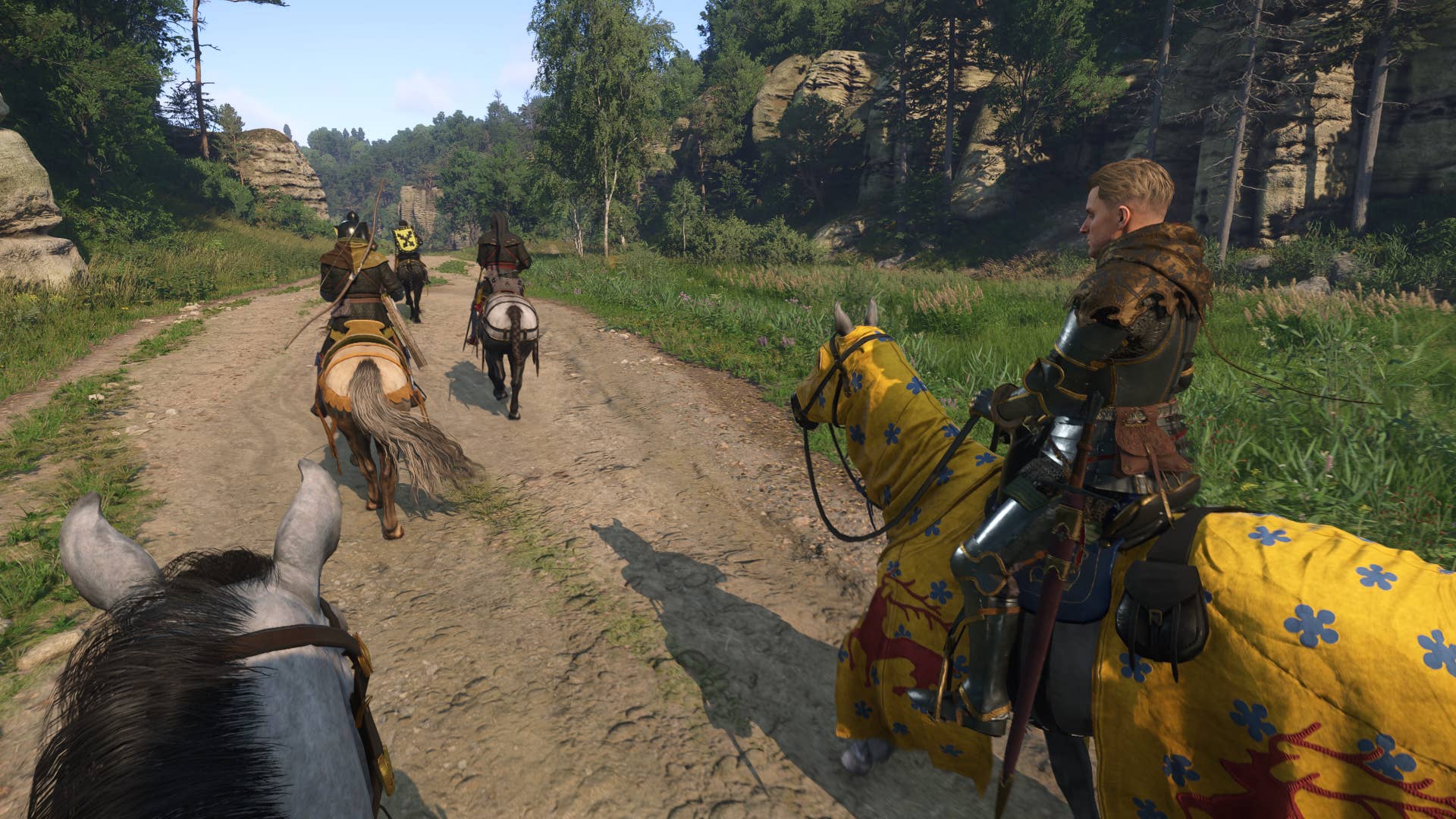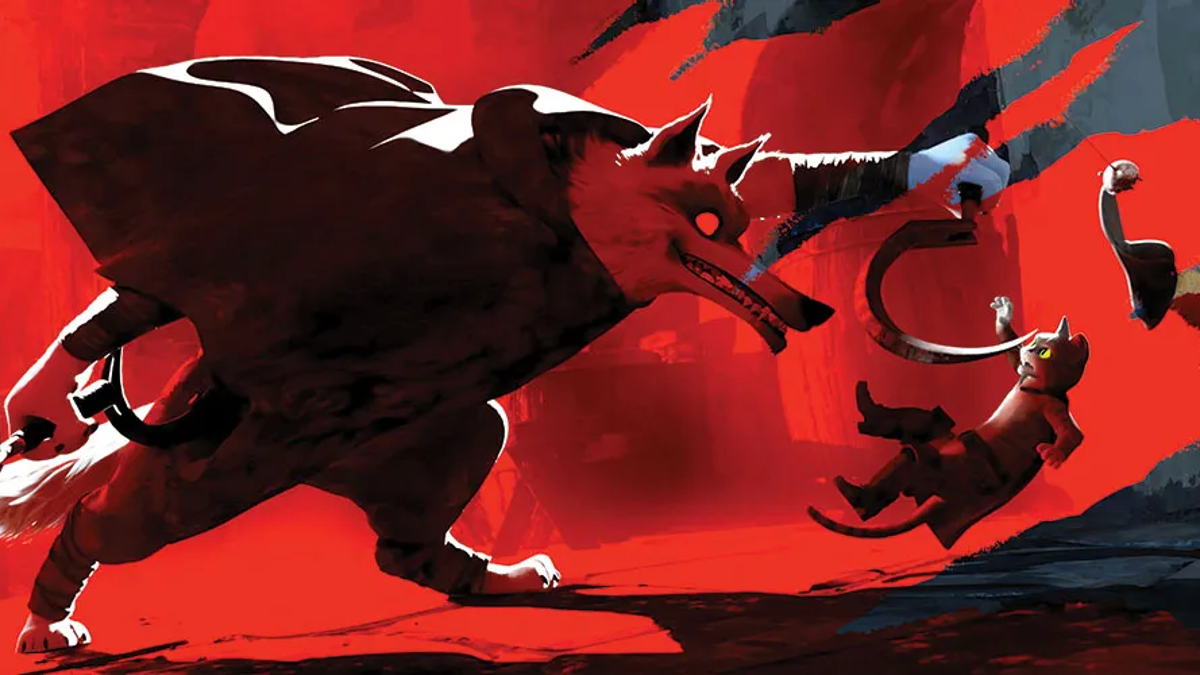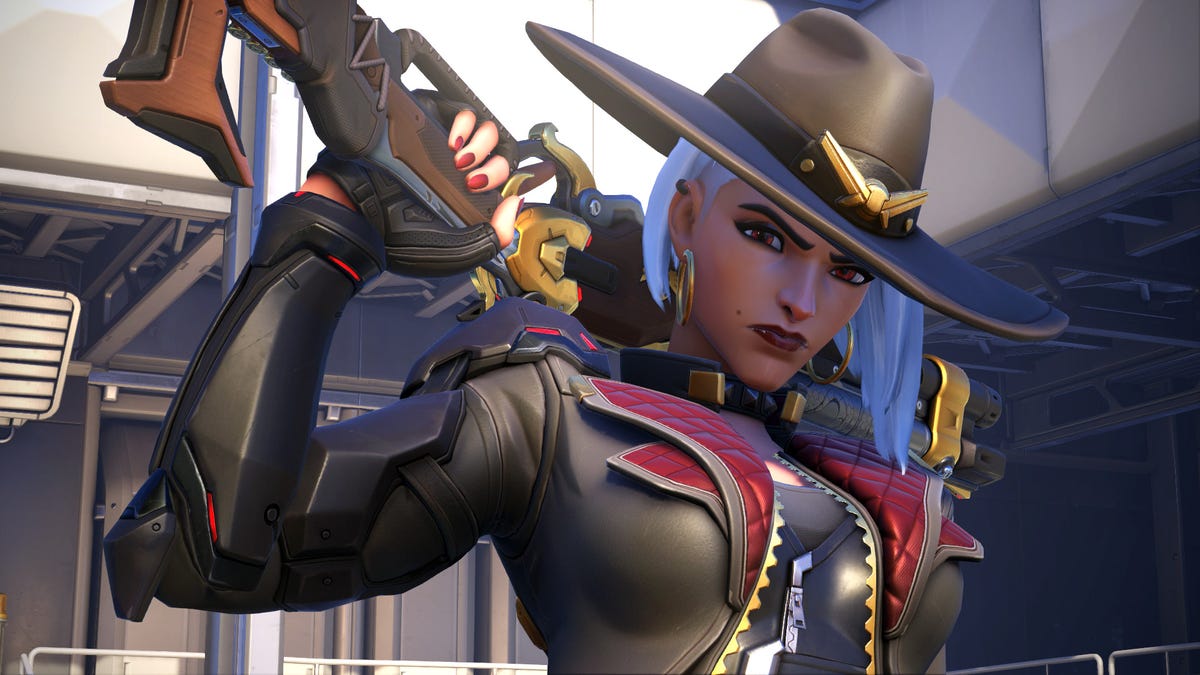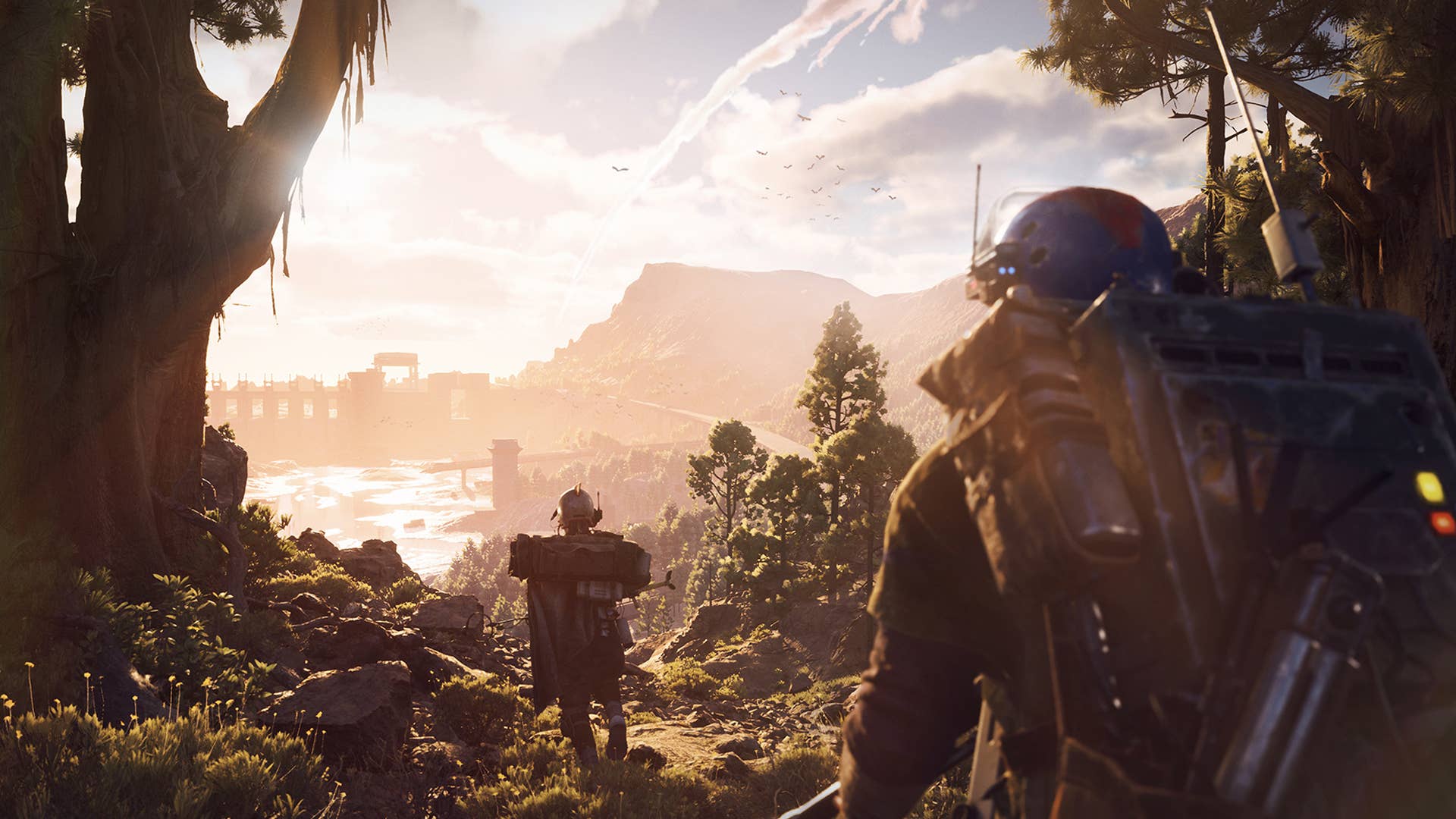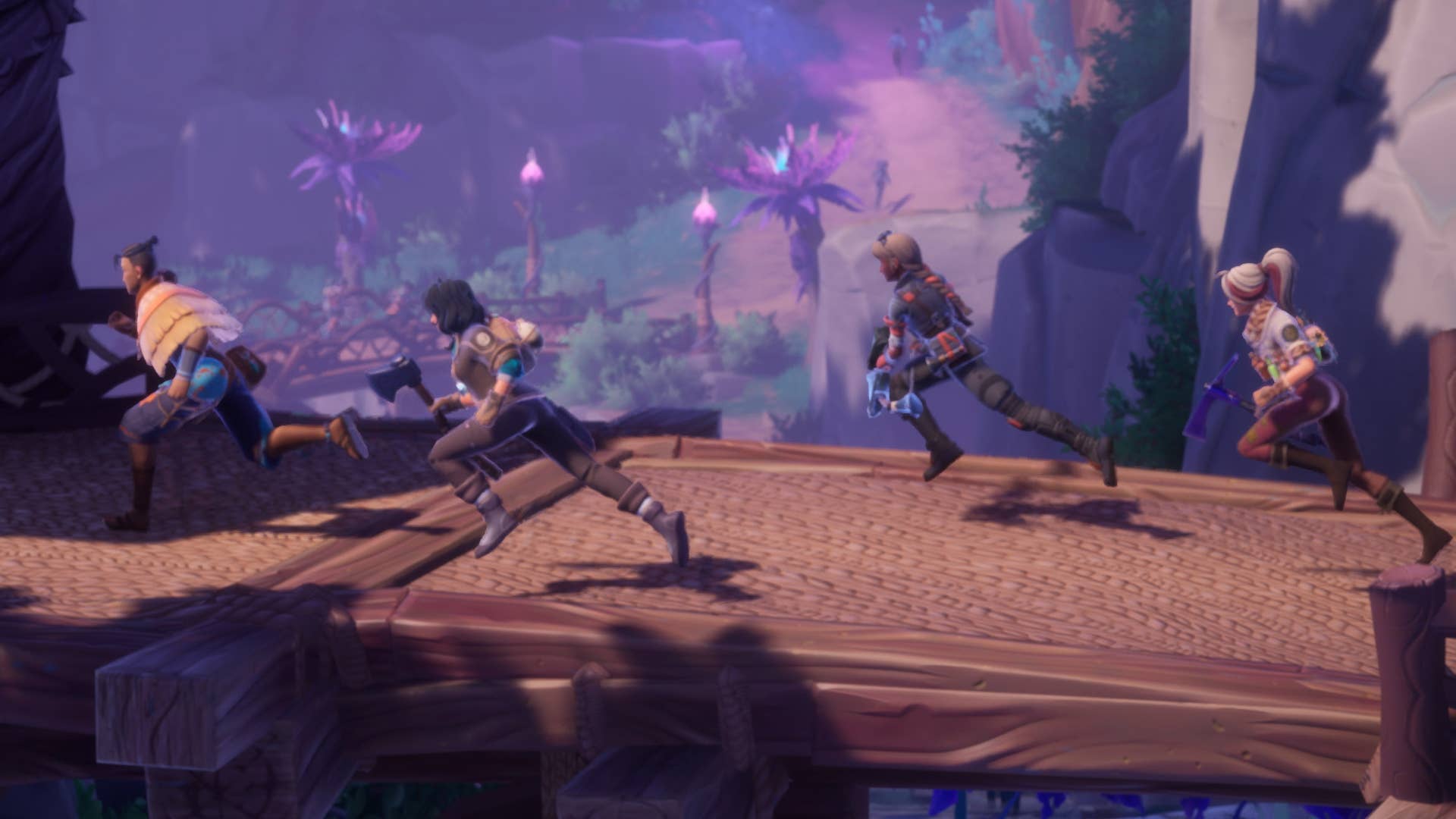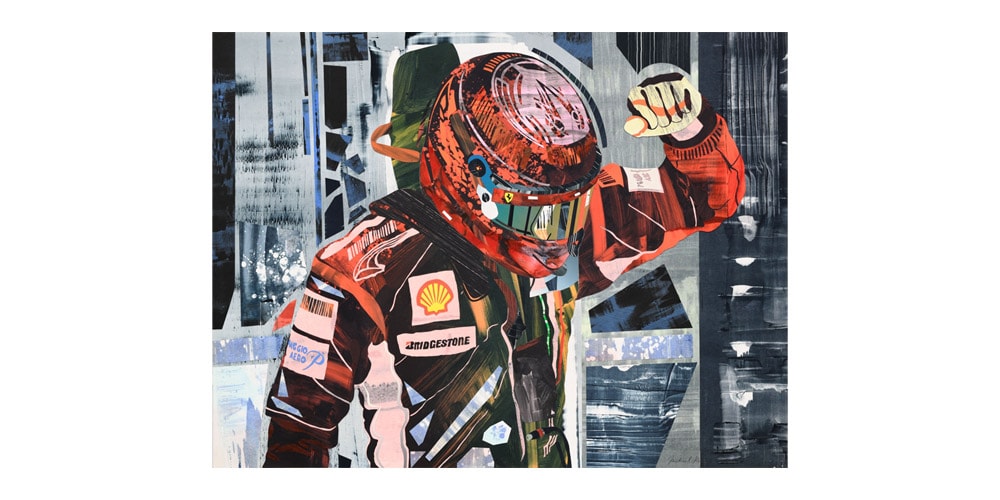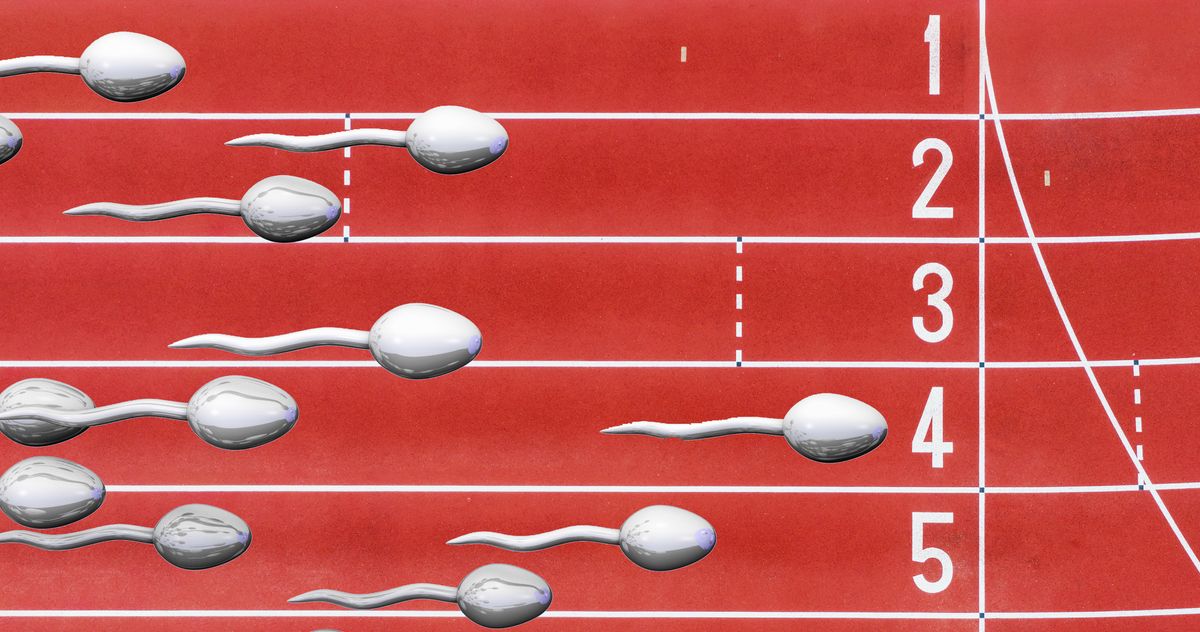10 best New Weird novels to read if you like Alan Wake, Control, and SCP
So, you like media such as Twin Peaks, the Remedyverse games, and the movie Annihilation but having a hard time quantifying what coherently connects them together? Turns out you're a fan of New Weird, and so am I! To that end, I'll help you learn more about it. First things first, New Weird is a niche or subgenre of modern science fiction that very much rhymes with the works of David Lynch. It is partially derived from old pulp fiction horror writing, which means it shares a whole lot with cosmic horror as well. Broadly, New Weird is "a type of urban, secondary-world fiction that subverts the romanticized ideas about place found in traditional fantasy, largely by choosing realistic, complex real-world models as the jumping-off point for creation of settings that may combine elements of both science fiction and fantasy," as proponents of the niche Ann and Jeff Vandermeer, explain. New Weird was shunted into the mainstream by China Miéville's Perdido Street Station and Vandermeer's own Ambergris. These novels, in turn, kickstarted a renaissance of "weird" media that we're now seeing proliferate: from Scavengers' Reign to Control, there's a whole hecking lot of Weird out there nowadays, which is great. Less great is that New Weird started its life more-or-less as a marketing ploy. Thankfully, the weirdness has gone far beyond what any marketer might've anticipated in the early aughts, so it lives on as its own thing. Now, with context out of the way, it's time to talk about book recommendations, because this is how you experience Weird at its most potent. Obviously, the choices I made for this list riff on video-gamey stuff, which means you'll get a deeper exploration of the topics explored in games such as Alan Wake 2 and Control, just to mention a few. New Weird: 10 of the best novels to read in this (sub)genre Image by Destructoid #10: There Is No Antimemetics Division by Sam Hughes I've long since held the belief that SCP (Secure, Contain, Protect) is effectively past its prime, having devolved into an exercise on which writer could best set up a self-insert to defeat the Big Bad of the week and save the world- nay, the universe. Enter Sam Hughes' There Is No Antimemetics Division: possibly the finest piece of secondary writing to ever grace this open-source franchise. A genuinely compelling and engaging SF/Weird novel, TINAD is SCP as you may remember it from back in the day and then some. It's also entirely free, so you can start reading it right this instant. Image by Destructoid #9: The Sunken Land Begins to Rise Again by M. J. Harrison If you're chasing that Shadow Over Innsmouth high but just can't find a modern take on the concept, here it is. Harrison's The Sunken Land Begins to Rise Again is a uniquely compelling piece of work that actually has a comment to make on the current state of the world. It is also a tale of true cosmic horror and the way a genuinely paradigm-changing world event could snake its way into absolute normalcy from a layperson's point of view. Spooky stuff, this. Image by Destructoid #8: Borne by Jeff Vandermeer Though Vandermeer riffs on subjects of ecological horror quite often, his Borne novel is pure biopunk at its core. Borne and all of its related stories (i.e. The Strange Bird, Dead Astronauts) are firmly entrenched in biological post-apocalypse. It's kind of what Fallout would be if it was about bio-tech, rather than nuclear warfare. Add the ominous Company into the mix, a giant flying grizzly bear, and Vandermeer's penchant not to explain what's actually going on in the background, and you've got a killer combo. Image by Destructoid #7: The Vorrh by B. Catling Having sadly passed in 2022, Catling delivered a wide variety of remarkable art over this life, and The Vorrh novels are arguably some of his finest work ever. The titular entity is a sentient African forest that's being set upon by the town of Essenwald. A town that has quite literally been torn down brick-by-brick only to be put back together at the edge of the Vorrh. The Vorrh reminds me quite a lot of The Roadside Picnic, except with a more colonialist slant. It's good stuff, though thoroughly uninterested in explaining itself to the reader. It's all about the vibes. Image by Destructoid #6: The New Weird Anthology by Ann and Jeff Vandermeer I know, I know, Vandermeer again. This one is notable because it's specifically not been penned by the Vandermeers, however. Instead, it's a remarkably comprehensive collection of New Weird stories that is, in practice, a new reader's best possible introduction to the concept. The later Weird Anthology is more comprehensive than this one, but I recommend starting with this one, instead. You get stories from Clive Barker, China Miéville, and Thomas Ligotti, just to list a few, and you're either going to love or hate the niche from that point onwards. Image by Destructoid #5: The Year of Our War by Steph Swainston Swainston's
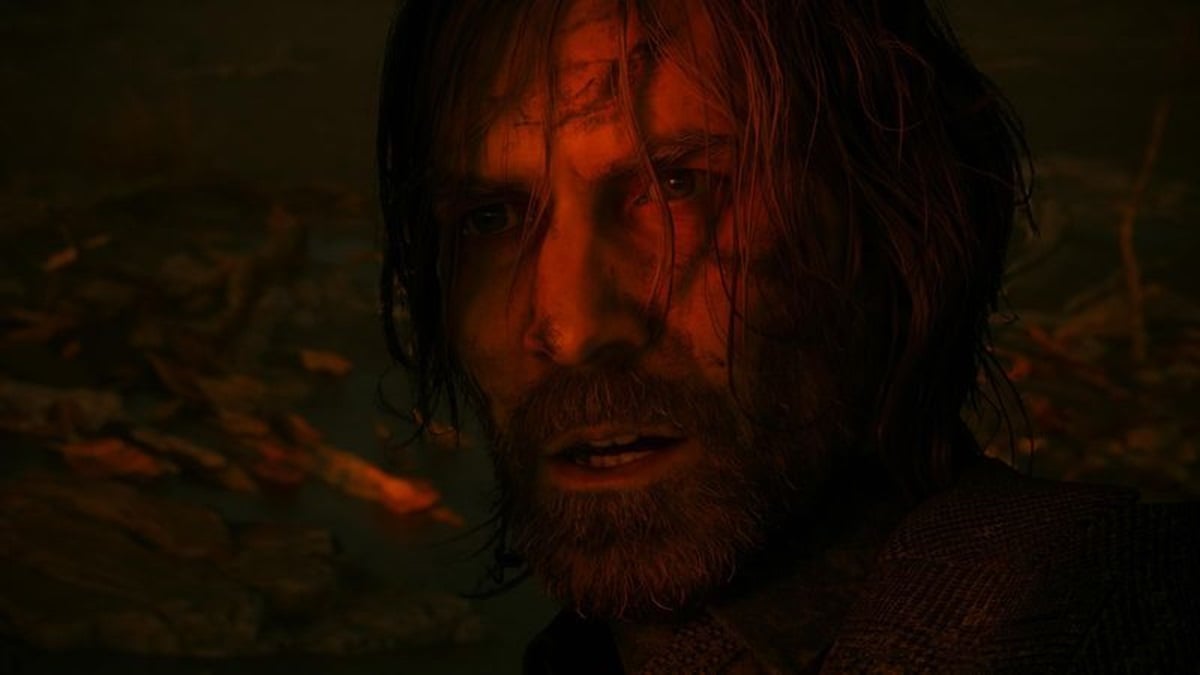

So, you like media such as Twin Peaks, the Remedyverse games, and the movie Annihilation but having a hard time quantifying what coherently connects them together? Turns out you're a fan of New Weird, and so am I! To that end, I'll help you learn more about it.
First things first, New Weird is a niche or subgenre of modern science fiction that very much rhymes with the works of David Lynch. It is partially derived from old pulp fiction horror writing, which means it shares a whole lot with cosmic horror as well. Broadly, New Weird is "a type of urban, secondary-world fiction that subverts the romanticized ideas about place found in traditional fantasy, largely by choosing realistic, complex real-world models as the jumping-off point for creation of settings that may combine elements of both science fiction and fantasy," as proponents of the niche Ann and Jeff Vandermeer, explain.
New Weird was shunted into the mainstream by China Miéville's Perdido Street Station and Vandermeer's own Ambergris. These novels, in turn, kickstarted a renaissance of "weird" media that we're now seeing proliferate: from Scavengers' Reign to Control, there's a whole hecking lot of Weird out there nowadays, which is great. Less great is that New Weird started its life more-or-less as a marketing ploy. Thankfully, the weirdness has gone far beyond what any marketer might've anticipated in the early aughts, so it lives on as its own thing.
Now, with context out of the way, it's time to talk about book recommendations, because this is how you experience Weird at its most potent. Obviously, the choices I made for this list riff on video-gamey stuff, which means you'll get a deeper exploration of the topics explored in games such as Alan Wake 2 and Control, just to mention a few.
New Weird: 10 of the best novels to read in this (sub)genre

#10: There Is No Antimemetics Division by Sam Hughes
I've long since held the belief that SCP (Secure, Contain, Protect) is effectively past its prime, having devolved into an exercise on which writer could best set up a self-insert to defeat the Big Bad of the week and save the world- nay, the universe. Enter Sam Hughes' There Is No Antimemetics Division: possibly the finest piece of secondary writing to ever grace this open-source franchise. A genuinely compelling and engaging SF/Weird novel, TINAD is SCP as you may remember it from back in the day and then some. It's also entirely free, so you can start reading it right this instant.

#9: The Sunken Land Begins to Rise Again by M. J. Harrison
If you're chasing that Shadow Over Innsmouth high but just can't find a modern take on the concept, here it is. Harrison's The Sunken Land Begins to Rise Again is a uniquely compelling piece of work that actually has a comment to make on the current state of the world. It is also a tale of true cosmic horror and the way a genuinely paradigm-changing world event could snake its way into absolute normalcy from a layperson's point of view. Spooky stuff, this.

#8: Borne by Jeff Vandermeer
Though Vandermeer riffs on subjects of ecological horror quite often, his Borne novel is pure biopunk at its core. Borne and all of its related stories (i.e. The Strange Bird, Dead Astronauts) are firmly entrenched in biological post-apocalypse. It's kind of what Fallout would be if it was about bio-tech, rather than nuclear warfare. Add the ominous Company into the mix, a giant flying grizzly bear, and Vandermeer's penchant not to explain what's actually going on in the background, and you've got a killer combo.

#7: The Vorrh by B. Catling
Having sadly passed in 2022, Catling delivered a wide variety of remarkable art over this life, and The Vorrh novels are arguably some of his finest work ever. The titular entity is a sentient African forest that's being set upon by the town of Essenwald. A town that has quite literally been torn down brick-by-brick only to be put back together at the edge of the Vorrh. The Vorrh reminds me quite a lot of The Roadside Picnic, except with a more colonialist slant. It's good stuff, though thoroughly uninterested in explaining itself to the reader. It's all about the vibes.

#6: The New Weird Anthology by Ann and Jeff Vandermeer
I know, I know, Vandermeer again. This one is notable because it's specifically not been penned by the Vandermeers, however. Instead, it's a remarkably comprehensive collection of New Weird stories that is, in practice, a new reader's best possible introduction to the concept. The later Weird Anthology is more comprehensive than this one, but I recommend starting with this one, instead. You get stories from Clive Barker, China Miéville, and Thomas Ligotti, just to list a few, and you're either going to love or hate the niche from that point onwards.

#5: The Year of Our War by Steph Swainston
Swainston's work teeters on the edge of being fantasy proper, though The Year of Our War and its sequels slip into New Weird proper as you go through them. The main protagonist? An addict immortal who can fly. The main antagonist? A hive of unimaginably alien insects who may or may not want to build a... something into the stratosphere. Everything in-between? Expect an 80-20 split between regular fantasy fare and an insidiously creepy Planescape-tier Weirdness. If you're looking for an awesome new series to read, this may be the ticket.

#4: City of Saints and Madmen: The Book of Ambergris by Jeff Vandermeer
Commonly shortened to just Ambergris for obvious reasons, this seminal Vandermeer novel effectively spearheaded New Weird as a concept, and it remains a high mark for the niche. Ambergris has got it all: a race of ominous mushroom people that plot underground, a historical account that rivals some of the stuff Lovecraft himself had come up with, and the occasional breaking of the fourth wall. It's rather hard to read at times, however, thanks to early Vandermeer's choice of prose. This makes it a fair bit more challenging to get into than most other novels on this list, but it's a very rewarding piece of writing, regardless.

#3: The City and The City by China Miéville
A Miéville book had to make its way into the top 3 of this list, and I feel that The City and The City is the author's finest work to date. It is also possibly the clearest example of what New Weird is all about. This novel is a semi-police procedural following an inspector of the Extreme Crime Squad, Tyador Borlú.
The setting? A fictional East European city-state that occupies the same physical space as an entirely different East European city-state, but whose denizens perceive them as different places altogether. Plus, there may or may not be a third city-state somewhere in there, too. With The City and the City, Miéville explores an idea that might feel downright unthinkable at first but becomes perfectly sensible as you leaf through the pages. The best New Weird novels normalize their weirdness for the reader to enjoy, and this book here is a prime example of how this is done.

#2: House of Leaves by M. Z. Danielewski
House of Leaves keeps popping up in lit discussions over and over again, and I'm quite unsure why its Weird elements don't get put into the context of the niche it slots into. Because yes, Danielewski's House of Leaves definitely is a Weird book: both with how it presents itself and when it comes to its subject matter.
In the simplest possible terms, House of Leaves is a novel about a transcript of a documentary about a house that may or may not exist. It's a whole thing. Obviously, I recommend reading through the whole thing, but the Navidson Record sub-novel is phenomenally creepy in its own right, and basically the meat of the experience. Do try to get a physical copy of this one, if possible.

#1: The Southern Reach by Jeff Vandermeer
I know I've got a bunch of Vandermeer featured in this article, but his body of work practically oozes Weird: both New, from the early aughts, and not. The pinnacle of Vandermeer's body of Weird works, however, and possibly the best possible way to get a sense of the niche is The Southern Reach.
Originally a trilogy and now a quadrilogy, as of late 2024, with the release of Absolution, the novels Annihilation (yes, the very same that inspired Garland's 2018 silver screen adaptation), Authority, and Acceptance are a veritable celebration of the genre. Each novel is wildly different than the last, from Annihilation's exploration of a hostile, anomalous exclusion zone to Authority's spy-thriller-esque office politics. Yet, they all fit neatly into a grander whole. Most importantly, they're designed to be re-read over and over again, each time revealing more elements of the timeline at hand.
The post 10 best New Weird novels to read if you like Alan Wake, Control, and SCP appeared first on Destructoid.


















































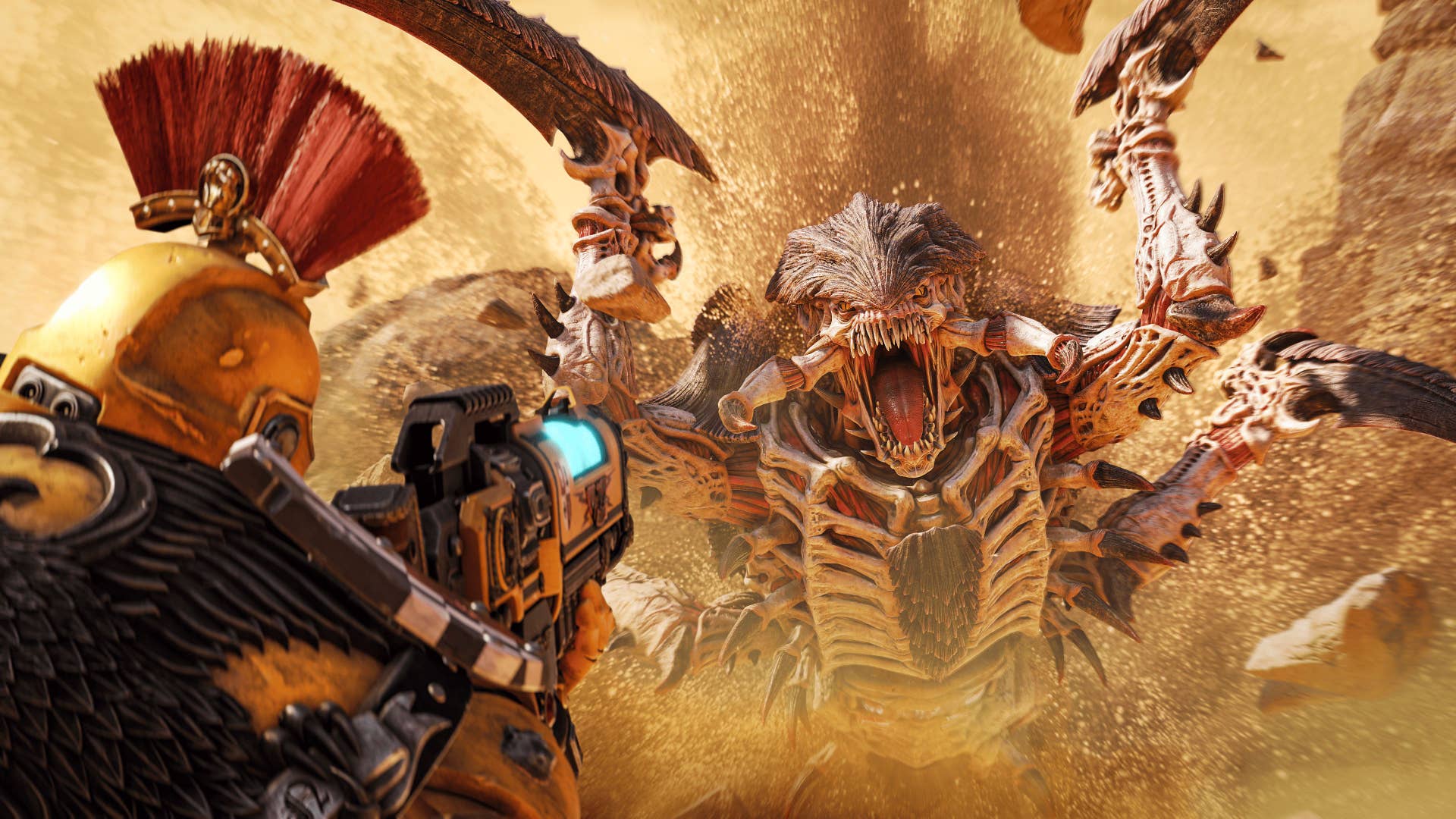
.png?width=1920&height=1920&fit=bounds&quality=70&format=jpg&auto=webp#)

